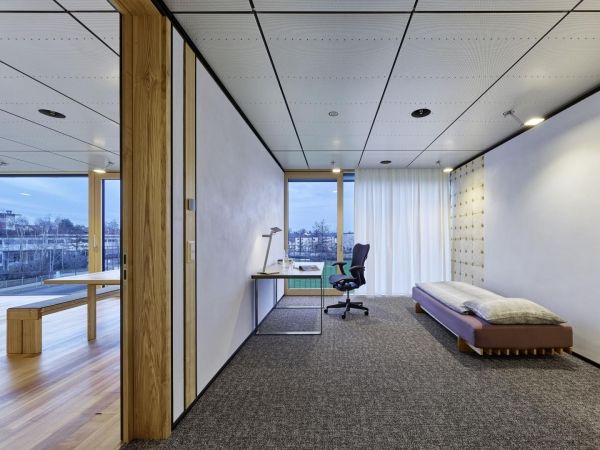Can buildings learn to save all by themselves? Empa researchers think so. In their experiments, they fed a new self-learning heating control system with temperature data from the previous year and the current weather forecast. The “smart” control system was then able to assess the building’s behavior and act with good anticipation. The result: greater comfort, lower energy costs.
Factory halls, airport terminals and high-rise office buildings are often equipped with automated “anticipatory” heating systems. These work with pre-defined scenarios specially calculated for the building and help save building owners a great deal of heating energy. However, such an individual programming is too expensive for individual apartments and private homes.
Last summer, a group of Empa researchers proved for the first time that it could indeed be much simpler than that: Intelligent heating and cooling control does not necessarily have to be programmed, the system can just as easily learn to reduce costs by itself and based on the data of past weeks and months. Programming experts are no longer necessary. With this trick, the cost-saving technology will soon also be available for families and singles.
The crucial experiment took place in Empa’s research building NEST. The UMAR unit (“Urban Mining and Recycling”) offers prime conditions for this test: A large eat-in kitchen is framed on both sides by two student rooms. Both rooms are 18 square meters each. The entire window front looks east-southeast towards the morning sun. In the UMAR unit, heated or pre-cooled water flows through a stainless steel ceiling cladding and ensures the desired room temperature. The energy used for heating and cooling can be calculated for each individual room using the respective valve positions.
Read more at Swiss Federal Laboratories for Materials Science and Technology (EMPA)
Image: The "Urban Mining and Recycling" unit in the NEST research building has two student rooms. One of them was equipped with a self-learning heating and cooling control system. (Credit: Zooey Braun, Stuttgart / Empa)


